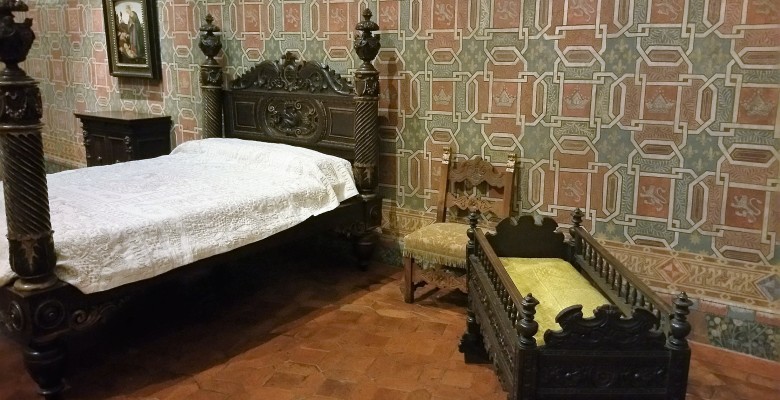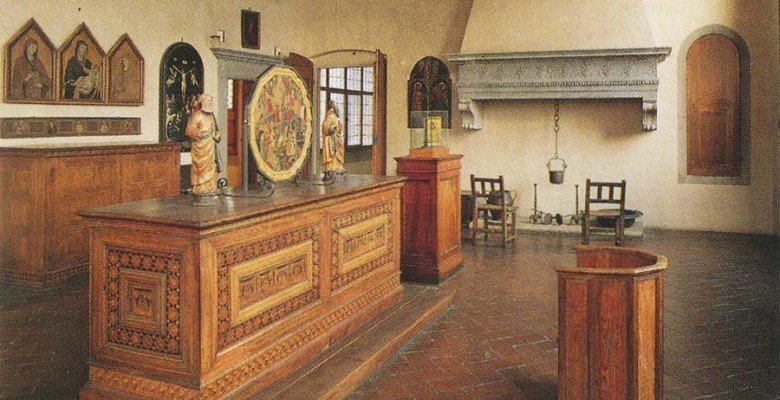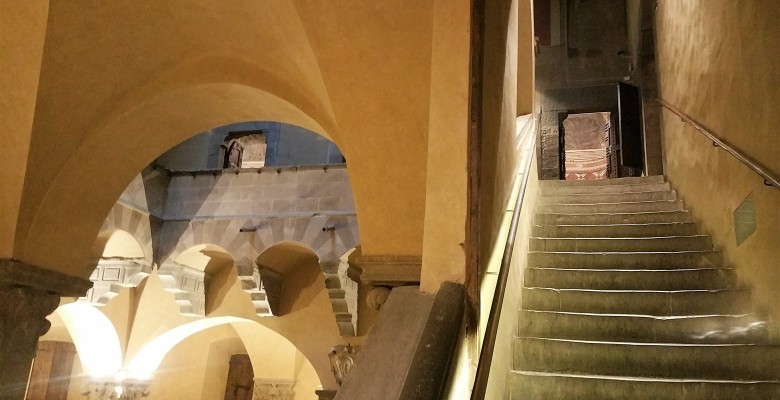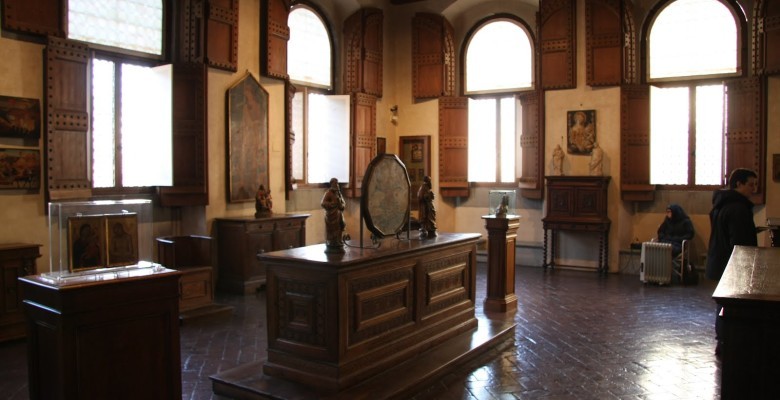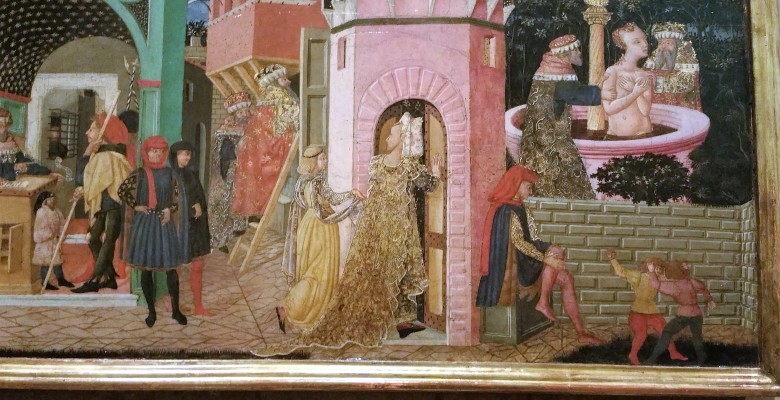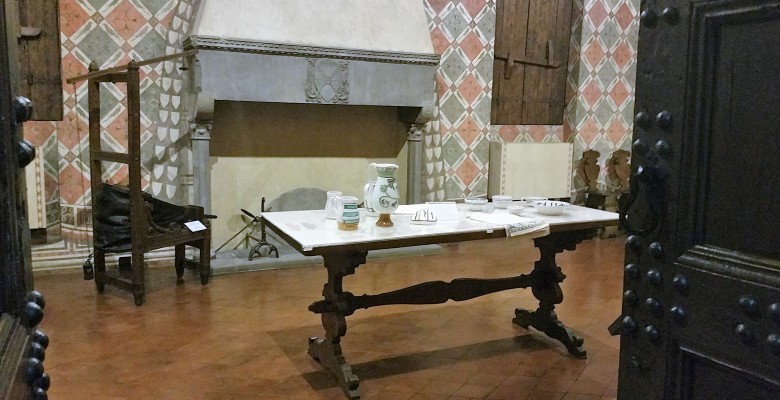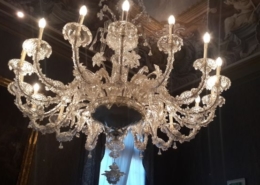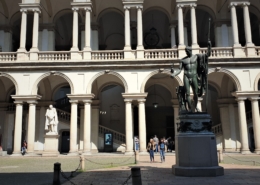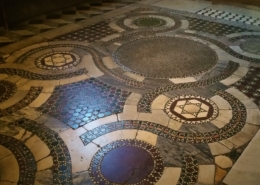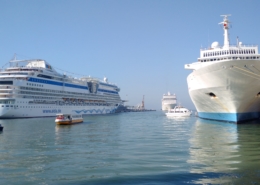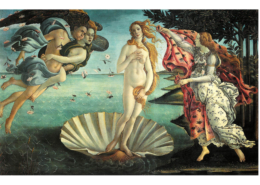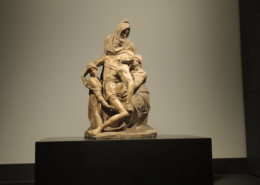Highlights of this tour
- Visit to a Medieval Florentine private home, Palazzo Davanzati
- Visit to Casa Horne, recreation of a Renaissance home by a British art historian and collector
- Visit to a restauration atelier
AT HOME IN MEDIEVAL & RENAISSANCE FLORENCE
At Home in Medieval & Renaissance Florence. If you’re curious to know how Florentines lived in the 1300 or 1400es, how were their homes, how did they dress, how were their objects, how did they ate,
well, this is your tour!
Palazzo Davanzati, from the name of its third owners, was built by the wealthy Davizzi family (bankers and merchants) by restructuring two former tower houses, and is the best preserved example of late Gothic/early Renaissance private residence in Florence.
The façade is very tall and bears the coats or arms of the Davanzati family. By the windows there are some ‘R’shaped irons used to hang cages with birds, monkeys or other animals.
The three wide entrance arches were once opened to allow mules, donkeys and carriages into the elegantly designed courtyard to refurnish the house with oil, wine, food, timber: the owners had their own factories outside Florence.
In fact the ground floor part of the building was semi public. But 14th century Florence was a city of terrible rivalries between different political lobbies, and rich people homes like this had to be defended.
You can still see the system of pipes that could be used to throw from upper floors boiling oil or liquid lead on your enemies.
Another rarely preserved feature is the inbuilt well: rain water was collected by gutters and terra cotta pipes into a subterranean reservoir and, with a well designed system of pulleys and buckets could be conveniently transported to the three levels of the house.
Each floor of the house is provided with ‘toilet’ services (called ‘agiamenti’), while all the waste was collected in a subterranean cistern that was periodically emptied.
Each of the three floors has a large hall called ‘ sala madornale’, adjoining the main street, very luminous due to the 5 large windows.
Cost of this tour
- This tour lasts three hours and costs 345 euros up to six people (not per person), only private parties.
- For larger parties send us an email!
- Museo Horne: 9 euros per person; Palazzo Davanzati: 11 euros per person

